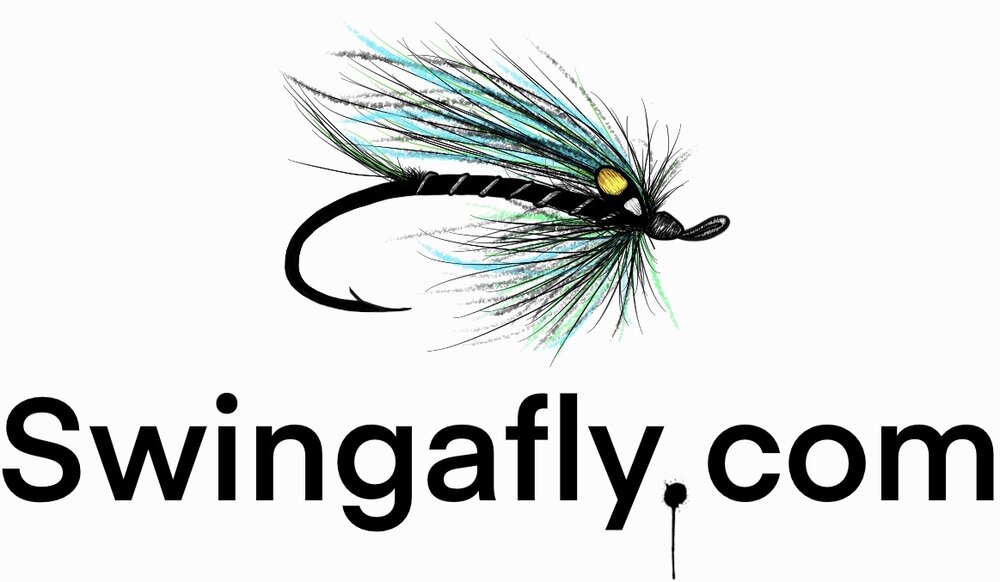So i’m gonna go ahead and give a breakdown of flies an angler would need for a day on the Kenai River. With the multitude of species and techniques, I’ve decided to break it down into a few different segments. This first segment is going to be dealing with sockeye salmon. Yes I said sockeye.
Sockeye Salmon
So lets get it over with and talk sockeye. Not the sporting man’s fish. Fun to catch? Hell yeah. The only drawback is the techniques do not appeal to your average fly fishermen, more specifically trout and steelhead junkies. To be more straightforward you are “flossing”. Two 3.5 foot sections of 30lb mono, joined by a barrel swivel with various weights of dipseys or split shot. Finish off with a “coho” fly (a hunk of bucktail on a russian river hook) and you are golden. The idea is that the weight will tick off the bottom, while the buoyancy of your fly hangs up in the water column. With your leader stretched out by the weight, this allows the line to enter the open sockeye mouth as they push up near the bank. The angler will feel what I describe as a soft mushy sensation, or an abrupt stop. Once that happens, set the hook hard and you’re on. This method is called the Kenai flip. If you fish the on the Kenai at any time during the months of June-August, you will most definitely see this technique. As long as the fly is in the mouth, it is considered a legal catch.
That being said, your die hard fly fishermen will more than likely opt for a different technique in an attempt to fool the fish. The problem with this is that sockeye salmon stop eating upon entering the river. Unlike their distant cousins, pink salmon, silver salmon, king salmon, and chum salmon, who will take a fly throughout their freshwater journey, the sockeye just aren’t interested. As the weeks go on and they start to get blush, they will have more aggressive tendencies and occasionally grab a fly. They will most definitely grab a plug. But to the guy that wants a fresh sockeye on a fly, it can be challenging.
I’ll give a couple of examples of when it happened for me. Example 1. Get ‘em when they’re fresh. If you can manage to get on a pod of sockeye when they first enter the river, within the first 24 hours, they may take a caddis. I’ve seen them hooked and have personally hooked a few while trout fishing a caddis larvae. I’ve found a real bright chartreuse, size 12-14 larvae or pupae can get it done. I’ve watched them come up from a lie and take it. Its pretty rad but I wouldn’t count on it happening very often. Again, the key is when they are fresh and haven’t been beaten on yet. Example 2. Flesh flies and beads. For whatever reason, sockeye will eat their own flesh…. Again, while trout fishing, I’ve had several clients hook into what we thought was a trophy trout, only to get it to the net and realize its a chrome sockeye. Some fish even inhaled it so there is no denying it. Again, it doesn’t happen that often but it is a possibility. If you plan on doing some trout fishing in June or July, which is during the flesh bite, there is a chance at a sockeye if you are fishing the right bank. Example 3. Wait till mid August when they are bright red and fish streamers. At this stage in their life cycle they will eat just about anything that gets in their way. They poor bastards get hooked constantly during the bead bite. Fishing for silvers? Better watch your fly close before big red comes a chargin. I like to get one a year for a cool picture, beyond that I’d recommend let them be unless it’s a by-catch.
So in conclusion, if you reeeeally want to try and get a fresh sockeye to eat a fly, think flesh, beads, and caddis. Also, the fact that you will want to target super fresh fish. Fish the “sockeye water” and slow moving holding water. Otherwise, grab you an ugly stick and start flipping. Good luck on your mission, hope this gave a little clarity on fly fishing for sockeye on the Kenai.

